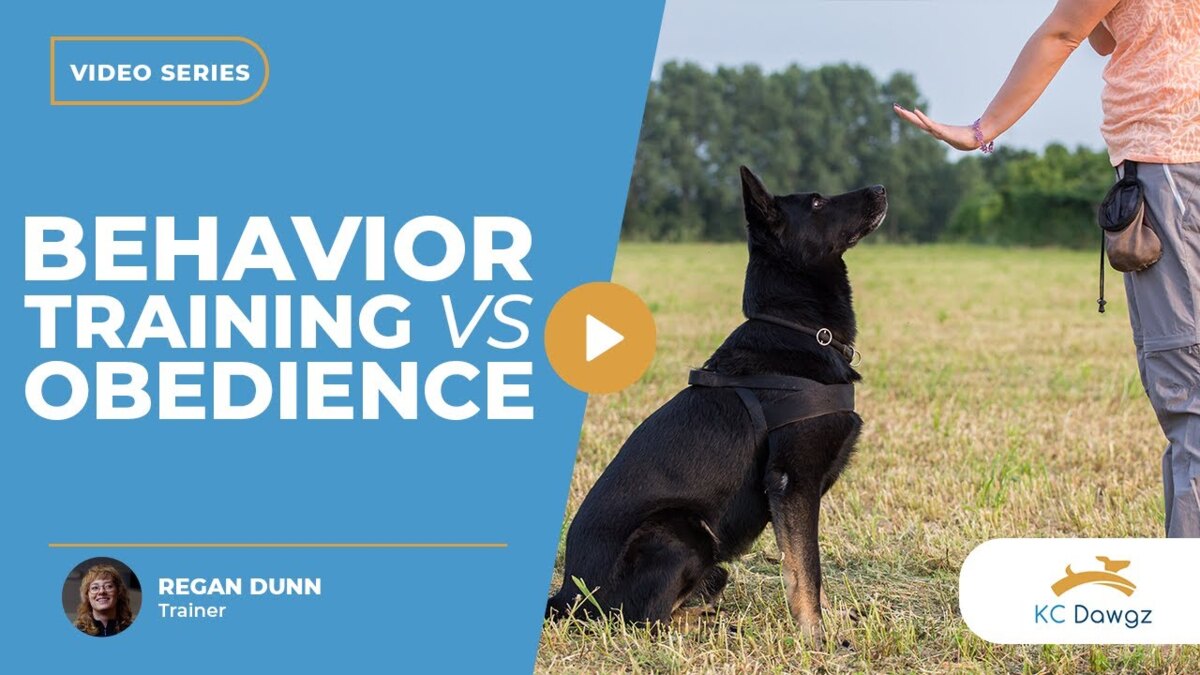Walking your dog is more than just a daily routine; it’s a fundamental part of building a strong relationship and ensuring their safety. One of the key behaviors that can enhance your walks is teaching your dog to heel. But what does heel mean in dog training? Let’s explore this essential skill, why it’s important, and how to teach it effectively.
What Does Heel Mean in Dog Training?
When we talk about the heel behavior in dog training, we’re referring to a specific way your dog should position themselves relative to you during a walk. The main goal of the heel behavior is that your dog paces with you, staying within an imaginary bubble around you. This means that regardless of your pace, direction changes, starting, or stopping, your dog is expected to stay next to you. Additionally, there is an implied sit with this behavior when you stop walking.
Importance of Heel Behavior
The heel command isn’t about having your dog walk in this position for the entire walk, as that wouldn’t be fun or enriching for your dog. However, the heel behavior is crucial for safety measures. For example, it’s highly useful when crossing streets, passing people, or encountering other dogs. Imagine walking down the street and seeing a neighbor with their unruly dog; by putting your dog in a heel, you can pass safely and then continue enjoying your walk.
Practical Applications of Heel Behavior
Heel behavior has several practical applications:
- Crossing Streets: Keeping your dog in heel ensures they stay close and don’t dart into traffic.
- Passing People: It prevents your dog from jumping on or startling pedestrians.
- Avoiding Distractions: When encountering other dogs or animals, the heel command helps maintain control.
- Safety: It ensures your dog is safely contained, advocating for their space and for the safety of others around you.
Teaching Heel Behavior: Luring
The foundation of teaching the heel behavior starts with a basic training concept called luring. Here’s a step-by-step guide to begin:
- Lure with Treats: Hold a treat in your hand and let your dog follow it.
- Reinforce Positioning: Guide your dog to stay next to you by moving the treat close to your leg.
- Encourage Following: As your dog follows the treat, reward them with praise and the treat itself.
The Challenge and Importance of Heel Behavior
Teaching your dog to heel requires patience and consistency. Not only does it involve movement, but your dog must actively find and maintain the correct position. This can be tricky at first, but with practice, any dog can master it.
From a safety perspective, the heel behavior is essential. It ensures you can handle your dog in various situations, advocating for both your dog’s safety and the safety of others. It’s one of those behaviors that can make a significant difference in your daily walks and interactions.
In Summary
Understanding what does heel mean in dog training is crucial for ensuring safety and enhancing control during walks. By teaching your dog to heel, you can confidently manage busy streets, crowded areas, and unexpected encounters with ease. Remember, patience and consistent practice are key to mastering this behavior.
If you have any questions or need further assistance with training, contact us. We’re here to help you and your furry friend enjoy safe and pleasant walks together.




